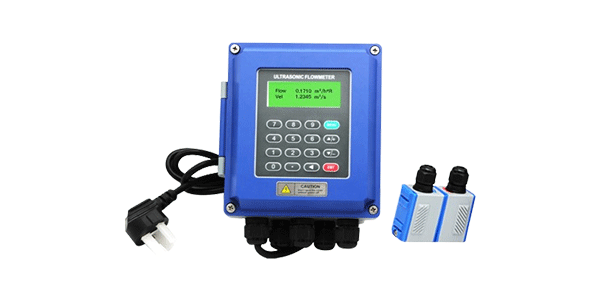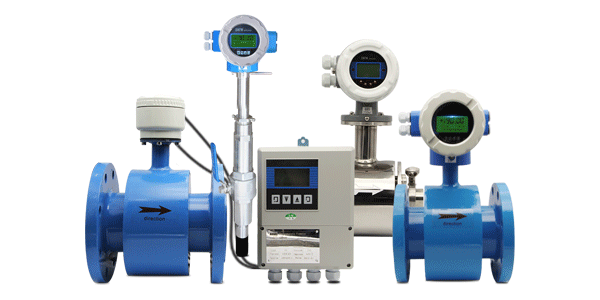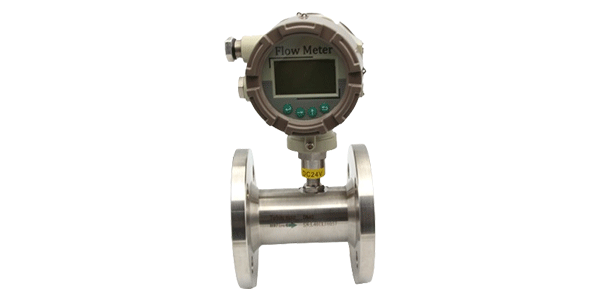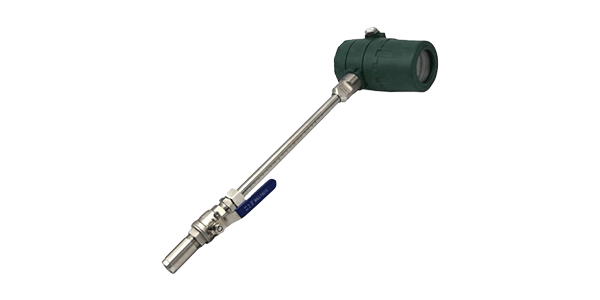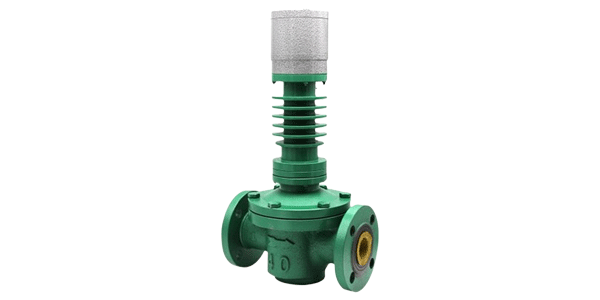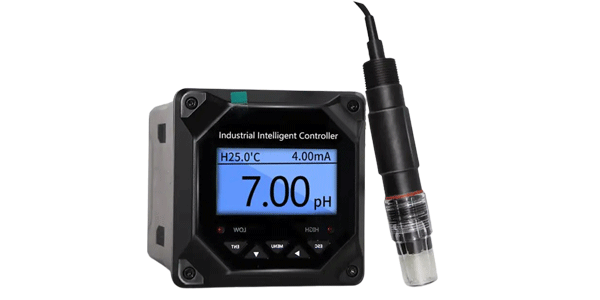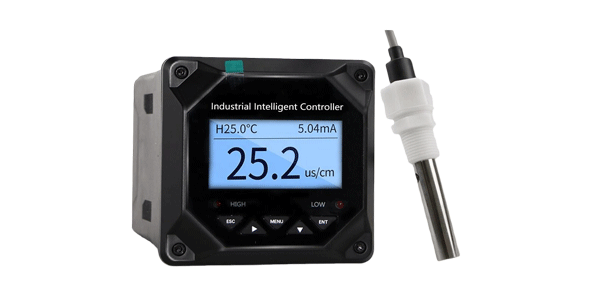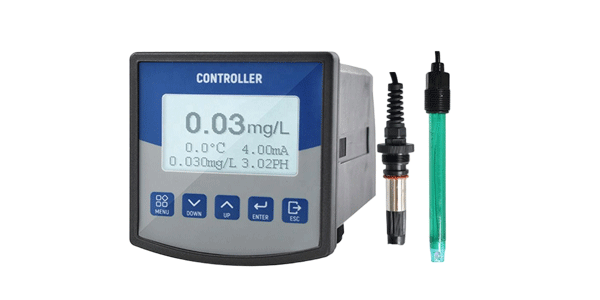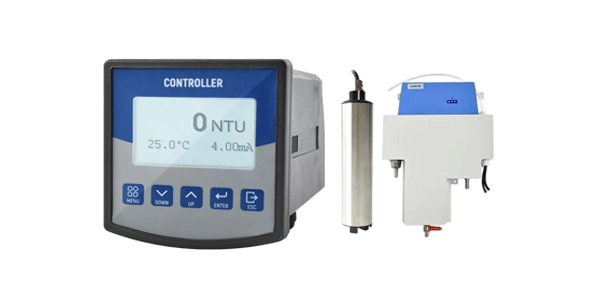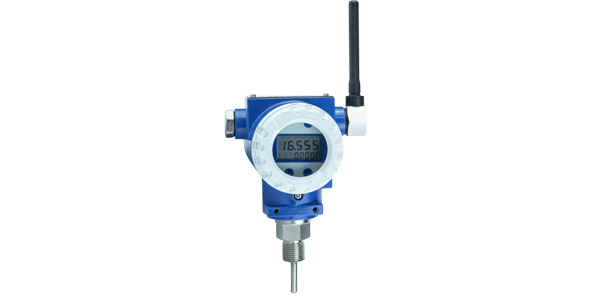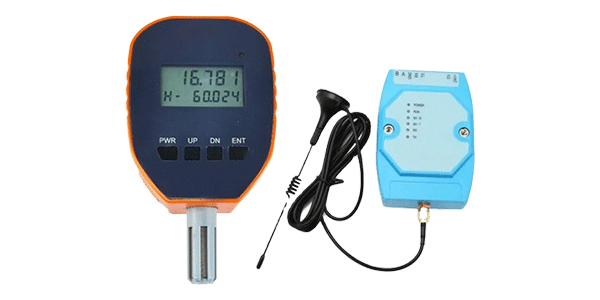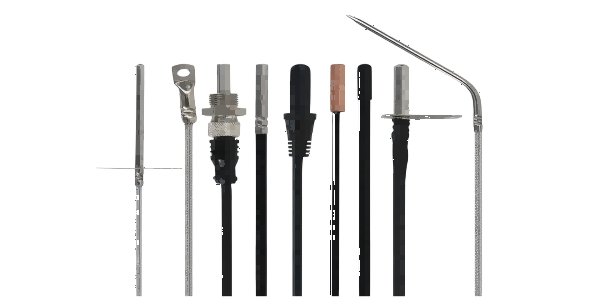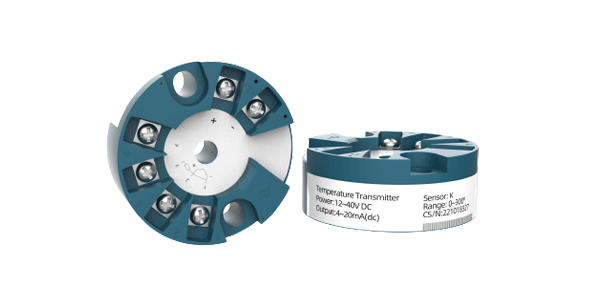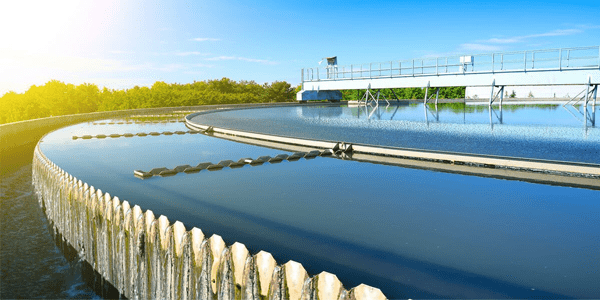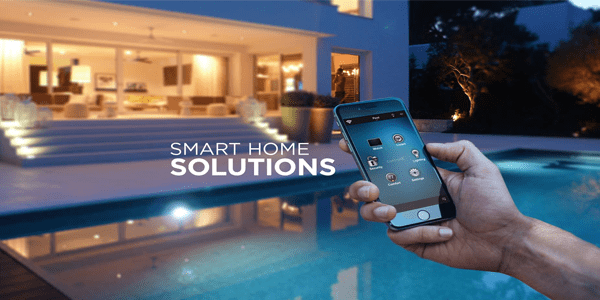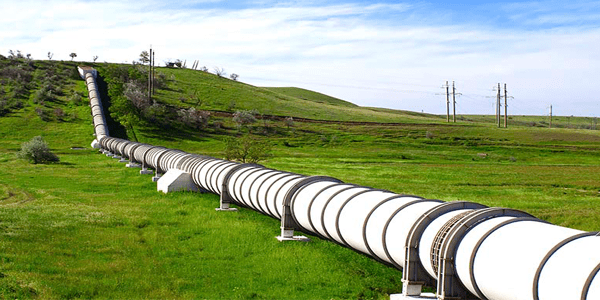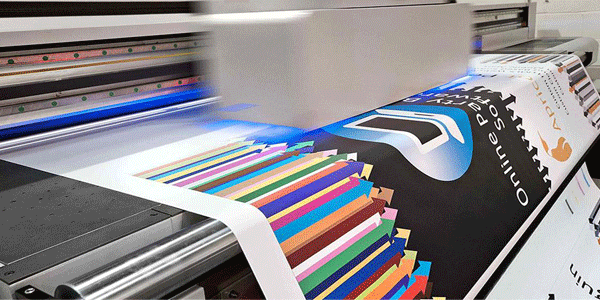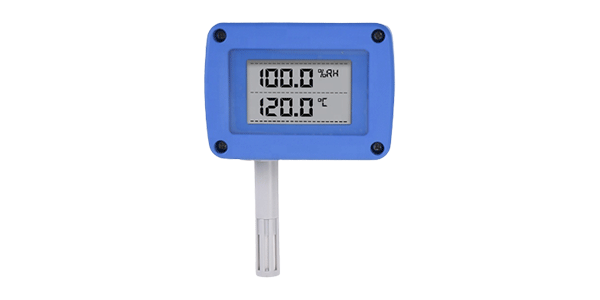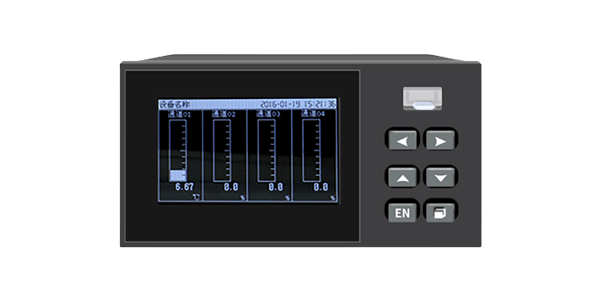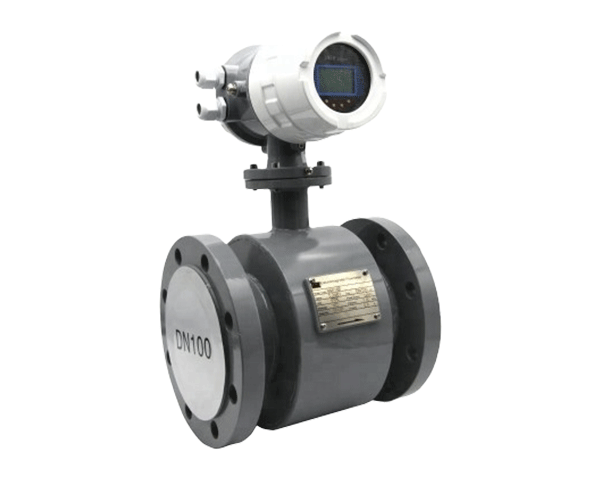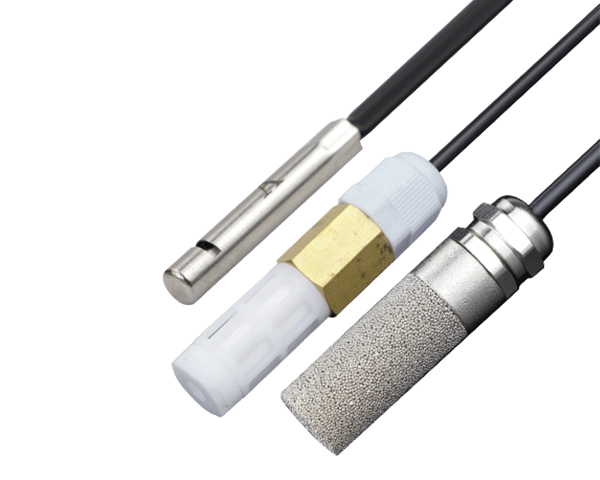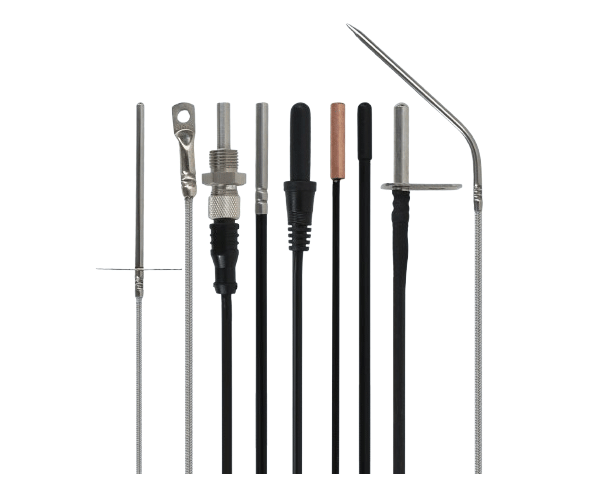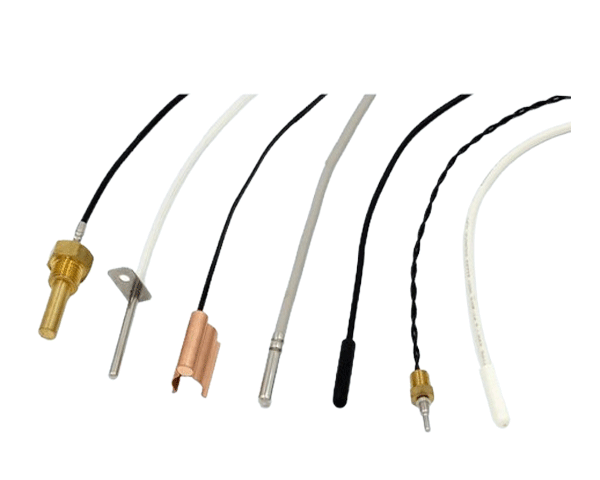What Exactly is TDS? Understanding the Basics
Total Dissolved Solids (TDS) represents the total concentration of dissolved substances in water. These can include minerals, salts, metals, cations, anions, and other organic and inorganic compounds. When we talk about TDS, we're measuring everything dissolved in your water besides pure H₂O molecules.
Common Components of TDS
Minerals
Calcium, magnesium, potassium, sodium are often beneficial for health
Salts
Bicarbonates, chlorides, sulfates—naturally occurring or from pollution
Metals
Iron, copper, lead, zinc—some essential, others potentially harmful
Other Compounds
Organic matter, pesticides, industrial chemicals—potential contaminants
How TDS Meters Actually Work: The Science Behind the Numbers
Electrical Conductivity Principle
TDS meters don't directly measure dissolved solids. Instead, they measure water's electrical conductivity (EC) and convert it to TDS using a conversion factor. Since dissolved ions conduct electricity, higher conductivity generally indicates higher TDS levels.
Conversion Factors and Their Limitations
Most meters use a standard conversion factor (usually 0.5-0.7), but this can vary depending on the specific composition of dissolved solids. This is why TDS readings are estimates rather than exact measurements.
What TDS Readings Can Tell You
Water Purity Indications
Low TDS readings (below 50 ppm) typically indicate highly purified water, such as distilled or RO-filtered water. However, this doesn't necessarily mean the water is safer or healthier.
Mineral Content Estimation
Moderate TDS levels (150-400 ppm) often suggest the presence of beneficial minerals like calcium and magnesium, which can contribute to water's taste and nutritional value.
Contamination Warning Signs
Sudden spikes in TDS readings can indicate contamination events, such as saltwater intrusion, agricultural runoff, or industrial pollution entering your water supply.
The Critical Limitations of TDS Meters
What TDS Meters Cannot Detect
Bacteria & Viruses
Microbiological contaminants are invisible to TDS meters
Specific Chemicals
Pesticides, herbicides, and industrial chemicals may not affect conductivity
Heavy Metals
Dangerous metals like lead and mercury at low concentrations
Volatile Organics
Compounds like benzene and trichloroethylene
The "Good vs Bad" TDS Misconception
Many people mistakenly believe that low TDS always means good water and high TDS means bad water. In reality, some dissolved solids are beneficial, while dangerous contaminants might not significantly affect TDS readings.
Interpreting TDS Values: A Practical Guide
TDS Level Guidelines
|
TDS Level (ppm)
|
Classification
|
Recommendation
|
|
0-50
|
Very Low
|
May lack beneficial minerals; flat taste
|
|
50-150
|
Low
|
Ideal for drinking; good mineral balance
|
|
150-300
|
Moderate
|
Generally acceptable; good taste
|
|
300-500
|
High
|
May notice taste; check specific contaminants
|
|
500+
|
Very High
|
Investigate source; consider filtration
|
When to Trust Your TDS Meter—And When to Seek Additional Testing
Appropriate Uses for TDS Meters
-
RO System Performance: Monitoring filter effectiveness
-
Water Softener Checks: Verifying system operation
-
Mineral Water Assessment: Estimating mineral content
-
Trend Monitoring: Tracking changes over time
When You Need Comprehensive Water Testing
-
New Water Source: Well water or unfamiliar supply
-
Health Concerns: Unexplained illnesses or symptoms
-
Taste/Odor Issues: Problems not reflected in TDS readings
-
Agricultural/Industrial Areas: Potential chemical contamination
Practical Tips for Accurate TDS Testing
Proper Measurement Techniques
Calibration
Regularly calibrate with standard solutions
Temperature
Allow water to reach room temperature
Clean Equipment
Rinse meter with distilled water between uses
Multiple Samples
Test different times and locations for trends
The Final Verdict: Are TDS Meters Reliable?
TDS meters are valuable tools for specific applications, particularly for monitoring water treatment system performance and tracking changes in water quality over time. However, they should not be used as standalone devices for determining water safety.
Think of your TDS meter as a helpful screening tool rather than a comprehensive water quality analyzer. For complete peace of mind about your water's safety, combine TDS testing with periodic professional water analysis that checks for biological contaminants, specific chemicals, and heavy metals.
Key Takeaway: TDS meters are reliable for what they measure, but they don't measure everything that matters in water quality assessment.
